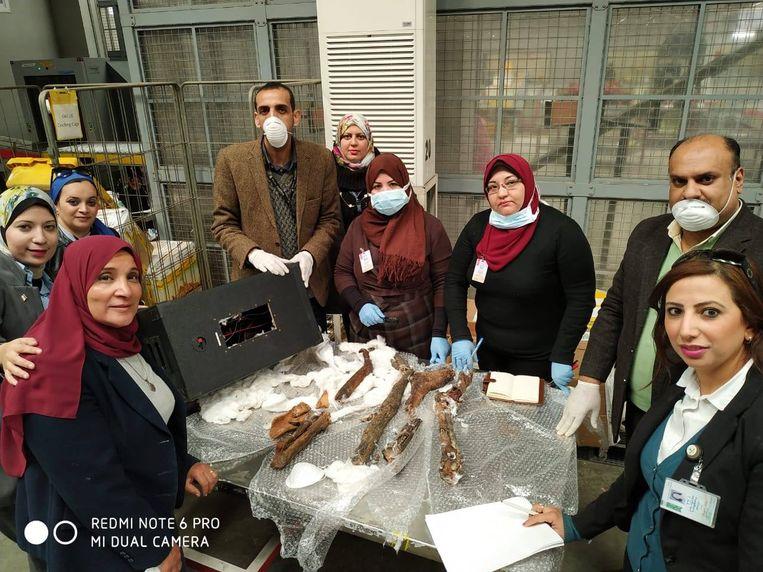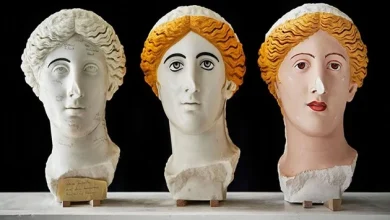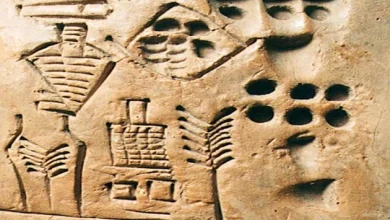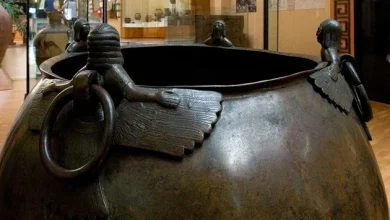Egyptian customs intercepts remnants of mummies smuggling to Belgium

A torso, an arm, a left hand, two legs and two feet: that was the loot that intercepted by the Customs at Cairo airport a few days ago. The trapped passenger tried to smuggle the remains of two mummies to Belgium via loudspeakers.
Through the scanners of the airport, it soon became clear that there were strange objects hidden in the loudspeakers that the passenger had with them. But the Egyptian authorities had never dared to think that it was about the remains of mummies.

The airport of Cairo soon informed the archaeological team of the Egyptian Ministry of Antiquities that later confirmed that it was indeed authentic remains of mummies. The same team took up the remains to further investigate and restore them.

Archaeological working group
The smuggling of Egyptian artifacts is a two-year prison sentence. With a few exceptions, it is forbidden to have objects with historical or archaeological value in private ownership. Such artifacts have been owned by the country since 1983.
In order to properly enforce the law, an archaeological working group was appointed at the airport, the same working group that identified the remains of the mummy. The nationality of the smuggler is still unclear for the time being.
On their Facebook page the Ministry of Antiquities wrote that:
The archaeological Unit in collaboration with security and custom departments at Cairo International Airport have foiled a smuggling attempt of mummies’ remains.
Hamdi Hamam Head of the Central administration of Archaeological Units at Egyptian ports explains that the mummies’ remains were found hidden inside an earphone packed in the luggage of a passenger who was traveling to Belgium.
The remains were uncovered when the X-ray monitors the existence of an unusual body inside the earphone.
An archaeological committee examined it and confirmed its authenticity. Iman
They are now confiscated according to the Antiquities Protection law and its amendments. The parts are now at the Egyptian museum for restoration




